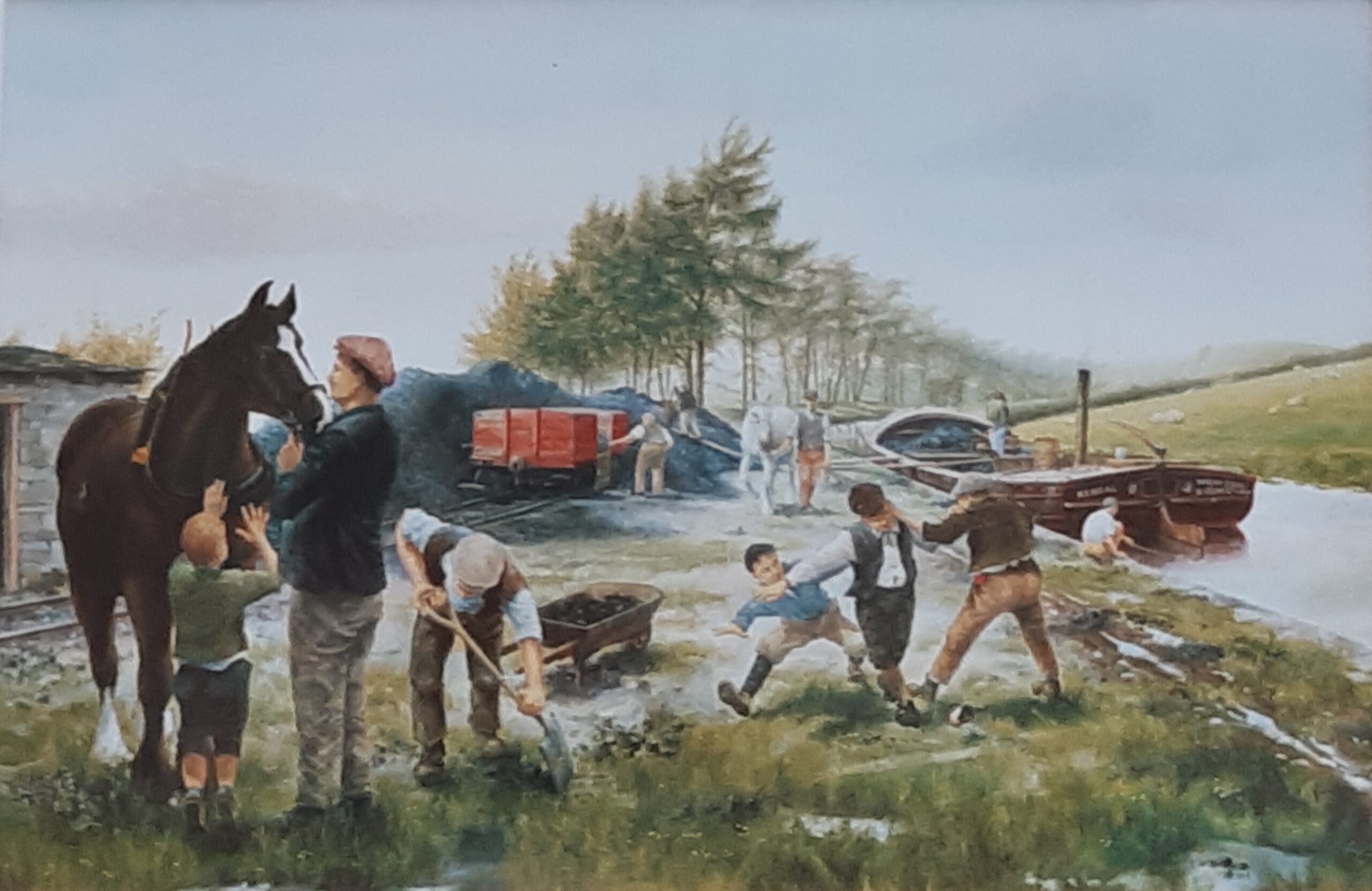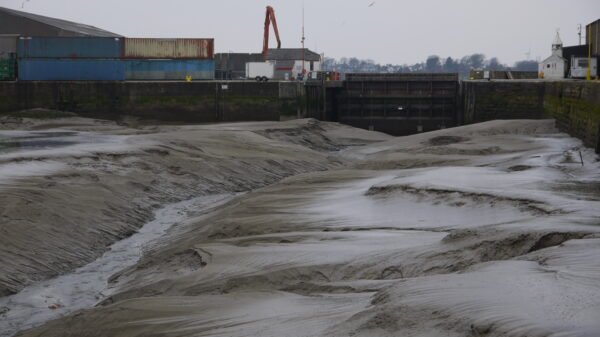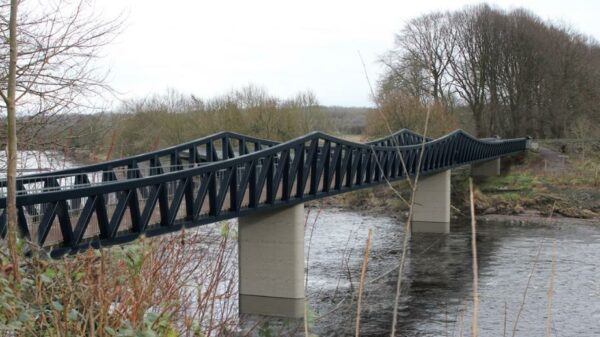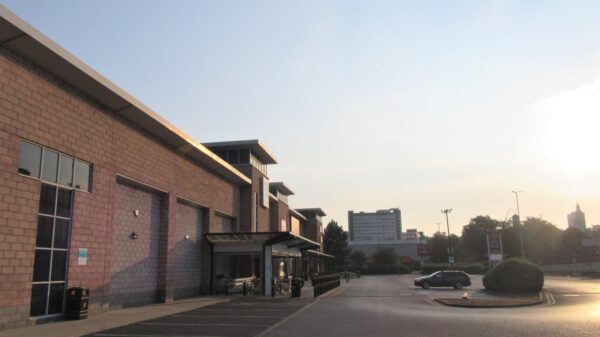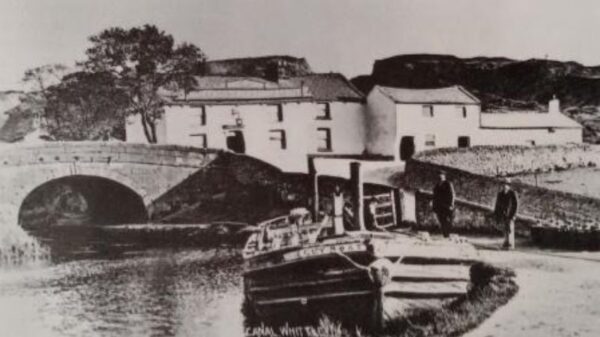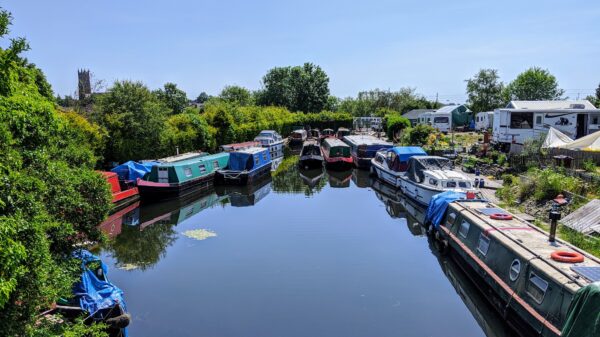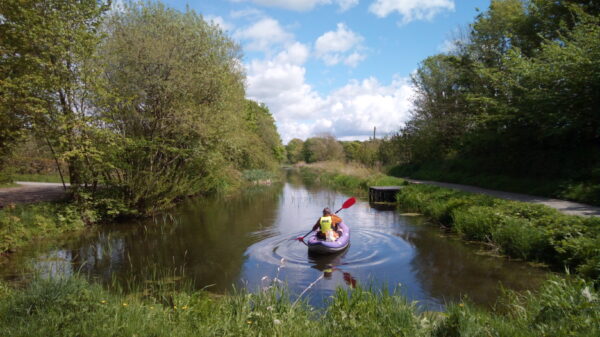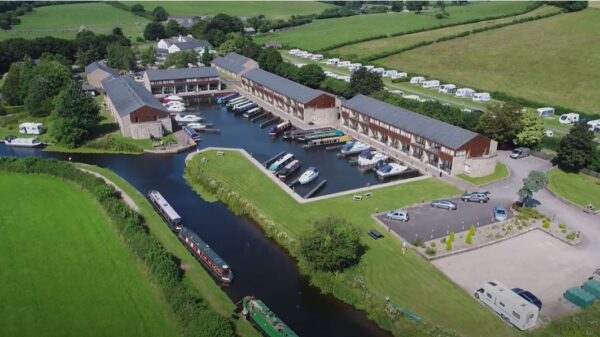Ashton Basin to Tewitfield
The canal was built to link Manchester, Preston, Lancaster and Kendal, but the short stretch across the Ribble valley was never finished, and the two sections of constructed canal were connected by a tramway until the latter was abandoned.
The Lancaster Canal remained separated from the main network until Britain’s newest waterway, the Millennium Ribble Link, was opened in 2002.
At present, the northern reaches of the canal from Tewitfield to Kendal are derelict with restoration proposed. About a miles of canal in Preston is also derelict and not proposed for restoration.
There is a branch to Glasson plus a tidal sea lock. The Ribble Link joins the main line 1.5 miles (2.4km) out of Preston, and connects to the Ribble Estuary, and then to the connected national network via the river Douglas and Rufford Branch of the Leeds & Liverpool Canal.

